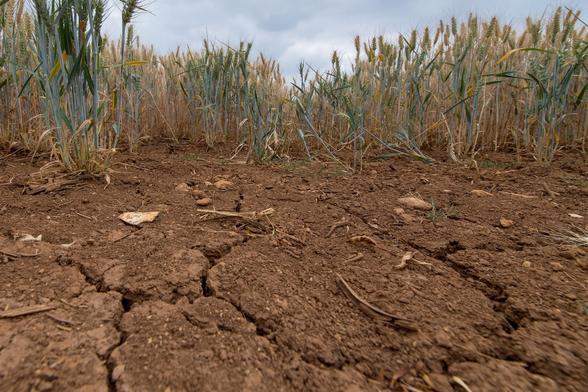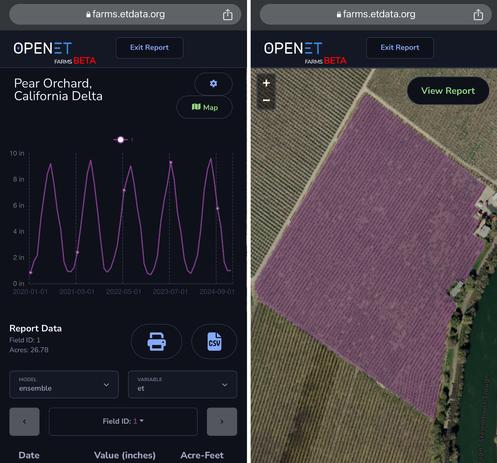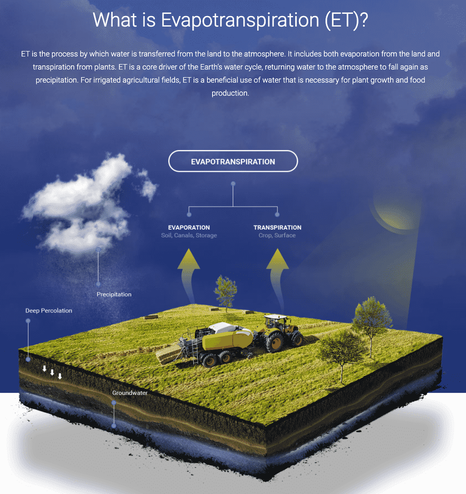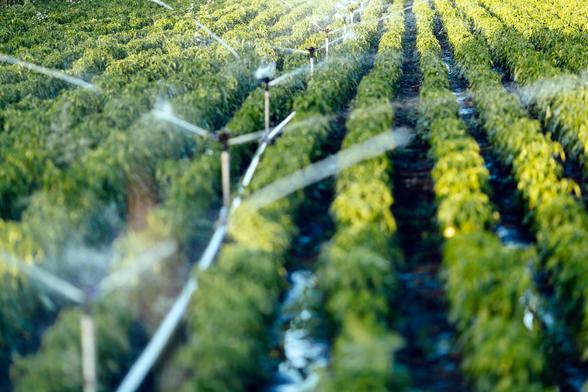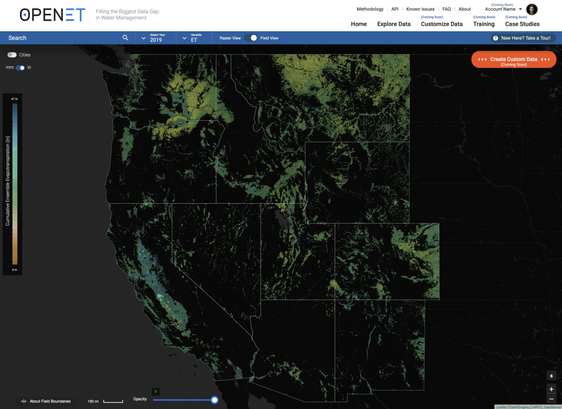This is an interesting article, worth a full read, on an aspect of Climate not always talked about in much detail.
«… The drying out of soil “increases the severity and frequency” of major droughts …, explains Dr Benjamin Cook, an … Earth system scientist … “Droughts are one of the most impactful, expensive natural hazards out there, because they are typically persistent and long lasting. Everything needs water – ecosystems need water, agriculture needs water. People need water. If you don’t have enough water – you’re in trouble.” … The study points to two factors driving gradual depletion of soil moisture over the last quarter century: fluctuations to rainfall patterns and increasing “evaporative demand”. … the atmosphere’s “thirst” for water …»
When I read about these things, I think of the danger to the food system and human society. It saddens me beyond measure that we've got a society run by capitalists who, like locusts, just want to efficiently consume every last resource the planet has to offer with no apparent regard for the future.
The article also mentions it will be expensive, though. Does that matter to any of you capitalists? I know risk of societal collapse is not a worthy concern to you, just something to monetize. But it could affect prices along the way. Is THAT perhaps a concern, at least? Sigh.
https://www.carbonbrief.org/global-soil-moisture-in-permanent-decline-due-to-climate-change/
